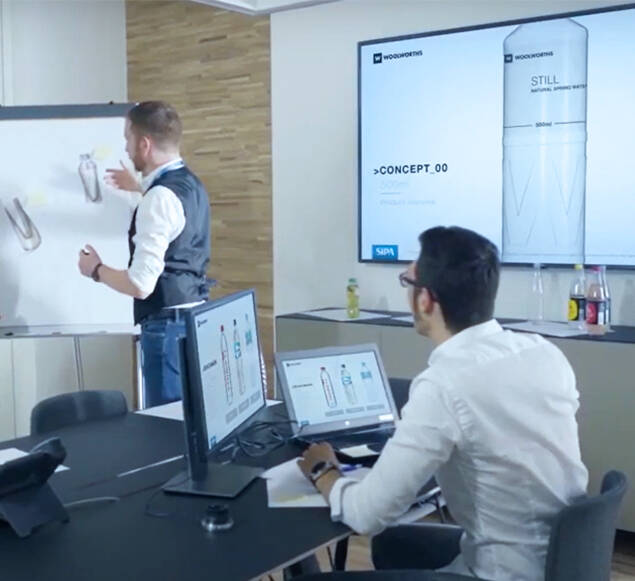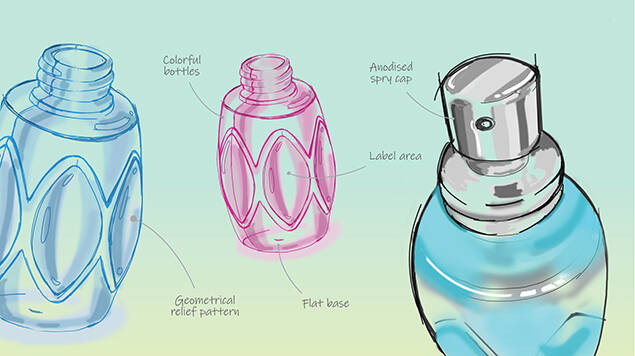The design of a successful packaging
We offer you a wealth of PET design, engineering and production knowledge all in one place. SIPA takes a truly holistic packaging development approach based on experience with the entire supply chain. Plus, SIPA is the only company offering innovation and engineering capabilities in both injection and blowing processes. You can consult SIPA experts for advice and solutions at any stage of the PET production process to keep costs down and productivity high.
That’s where our packaging expertise comes in.

